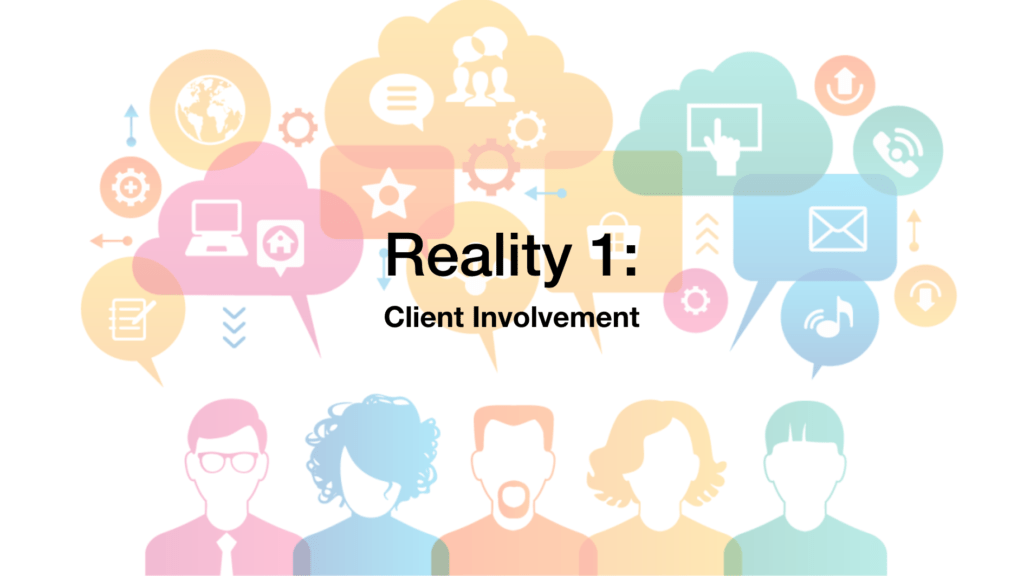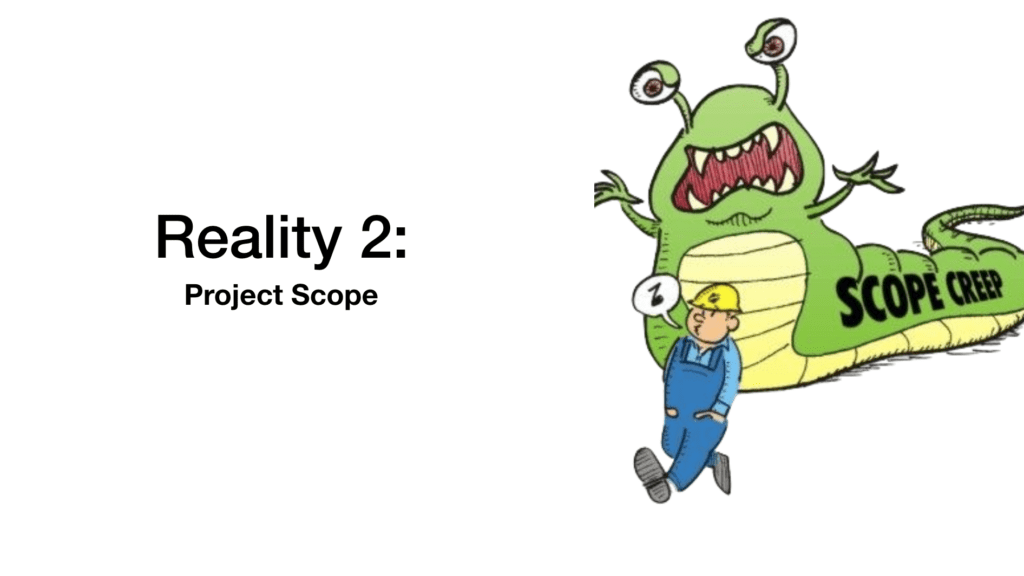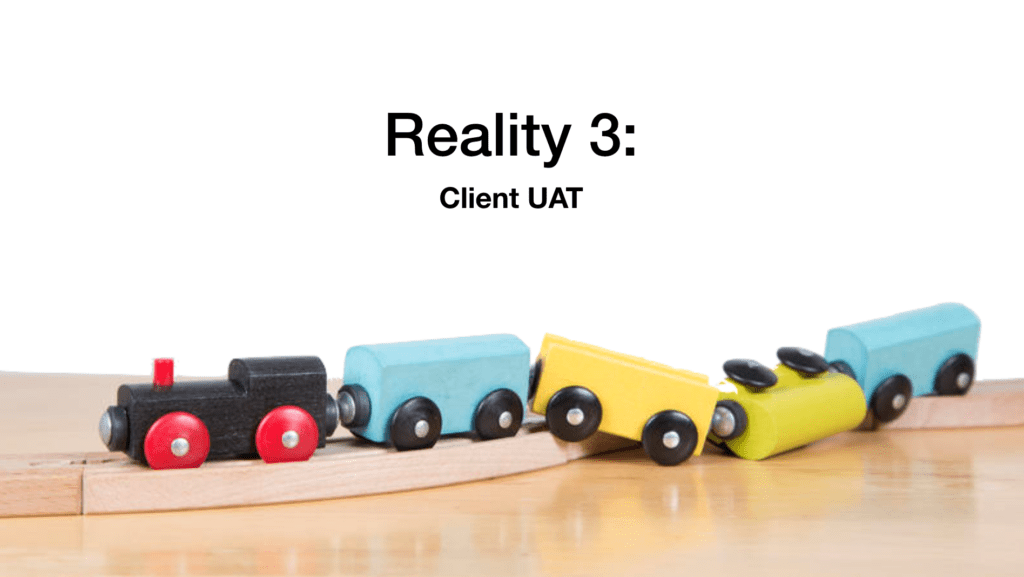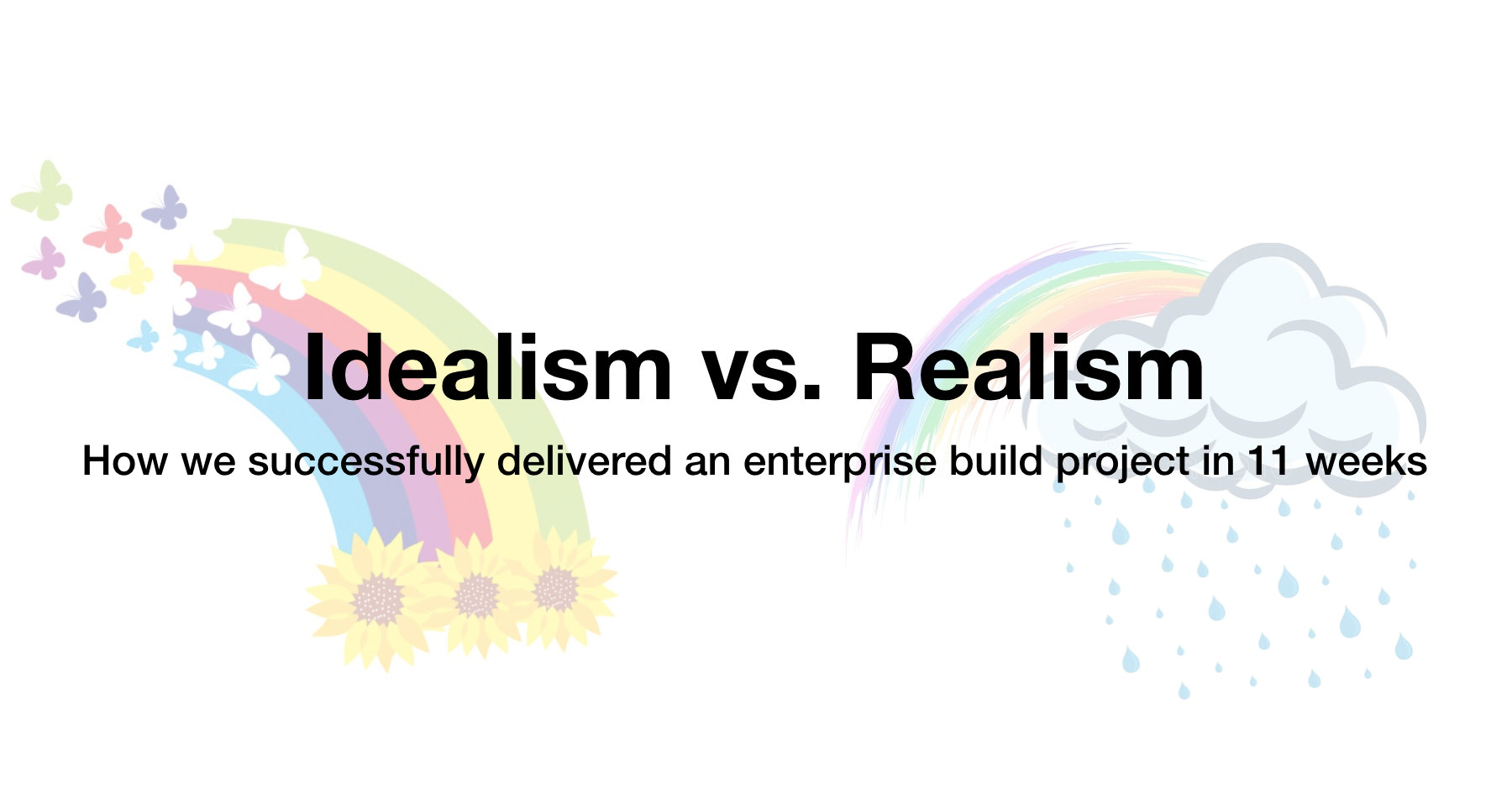This year I was asked to present at our company’s Annual Summit on a topic I know well too much about:
What happens when your project goes off the rails? What can we do to help prevent these common project realities from causing issues on your project before they happen?
It happens to the best of us. In reality, not all projects can be on the rails at all times – that’s why as PMs we are resourced the entirety of the way through the project! On one specific project that I worked on at my current job, we faced a lot of these challenges through some strategic planning / communication.
In this post I will condense my presentation into the key challenges and key learnings with hopes that this can help other PMs struggling with these same common project realities.
Common Project Reality #1: Client Involvement

For the success of any project, it is imperative that our clients are involved in our projects, since they in the end dictate the path forward that we take. We need them involved to guide the product and make decisions, oftentimes acting as product owner.
Sometimes, due to restrictions outside of our control, our clients are not able to focus on our project when we need them to. If you feel like your clients are not as invested as you need them to be, you should raise a red flag immediately; connect with your account manager, your directors, your executives. They might be able to escalate it to the appropriate parties to help get the focus you need.
Another option is to pause work (which we’ve done on two other projects I’ve been on) – this might give your client to clear their schedule of their other work in order to focus on yours.
If your team is not able to get the client to focus on the project when you need them to, another fallback is to request additional phases, such as a post-launch agreement, to be able to ensure you maintain a doable scope for your build.
Common Project Reality #2: Project Scope

Scope creep is a risk we face on every single project. We need to be aware of it, or it will come up and bite us when we are least expecting it.
Even on an ideal project, we know there will be “unknowns” – in the PM world we actually call these “known unknowns.” These known unknown are things we can plan for, even if we don’t know what they will be, by including a buffer in our project budget and timeline. Some examples are complexities in the codebase, hidden stakeholders, or political situations that your company is not privy to, that can lead to additional scope or unexpected changes.
The best way to push back on unexpected scope is to establish what is in scope with consistent Expectation Setting. As PMs we need to push back on anything that is out of scope early and often; We need to be attentive – are there things that we missed? We also need to plan for some small scope fluctuation (that’s what buffer is for), but keep it within reason. Don’t let this get out of control.
Common Project Reality #3: Client UAT

UAT can quickly get out of control and make a project feel extremely stressful for both the client and the internal project team.
UAT is oftentimes the phase when the most scope creep happens. People are anxious to get the project done and may be willing to make exceptions that they previously may not have been just to get it finished without causing waves.
How can we minimize the likelihood of scope creep during UAT when we know it is a very common occurrence?
Firstly, we can learn from previous project experiences. Have you worked with this client before? Do they have a particular style of testing they like to follow, or a particular tool they like to use? By establishing this up front, this can help set the tone for UAT. This will also be your opportunity to push back before you start in your UAT phase to ensure it follows a cadence / process that works for you, by establishing the tempo and expectations for UAT.
Be clear on what you are expecting from the client; if you aren’t clear on what you want from them, they might not deliver what you are expecting / wanting from them.
Finally, demoing and training early to cover questions or concerns as quickly as possible, and ensure you are aligned with your client. Some clients may not follow your process right the first time. Don’t be afraid to gently correct them, or hear them out as they might have valuable feedback on the process; after all, you both have the same goals. If you’re not comfortable with having this conversation, talk to your extended support team – that’s why they stick around the entirety of the way through the project.
Being a project manager is not an easy job, especially on a stressful build project where tensions are high. I hope these above solutions will help some of you when faced with some similar challenges. Feel free to comment below with any other solutions to these common project realities!

Leave a Reply